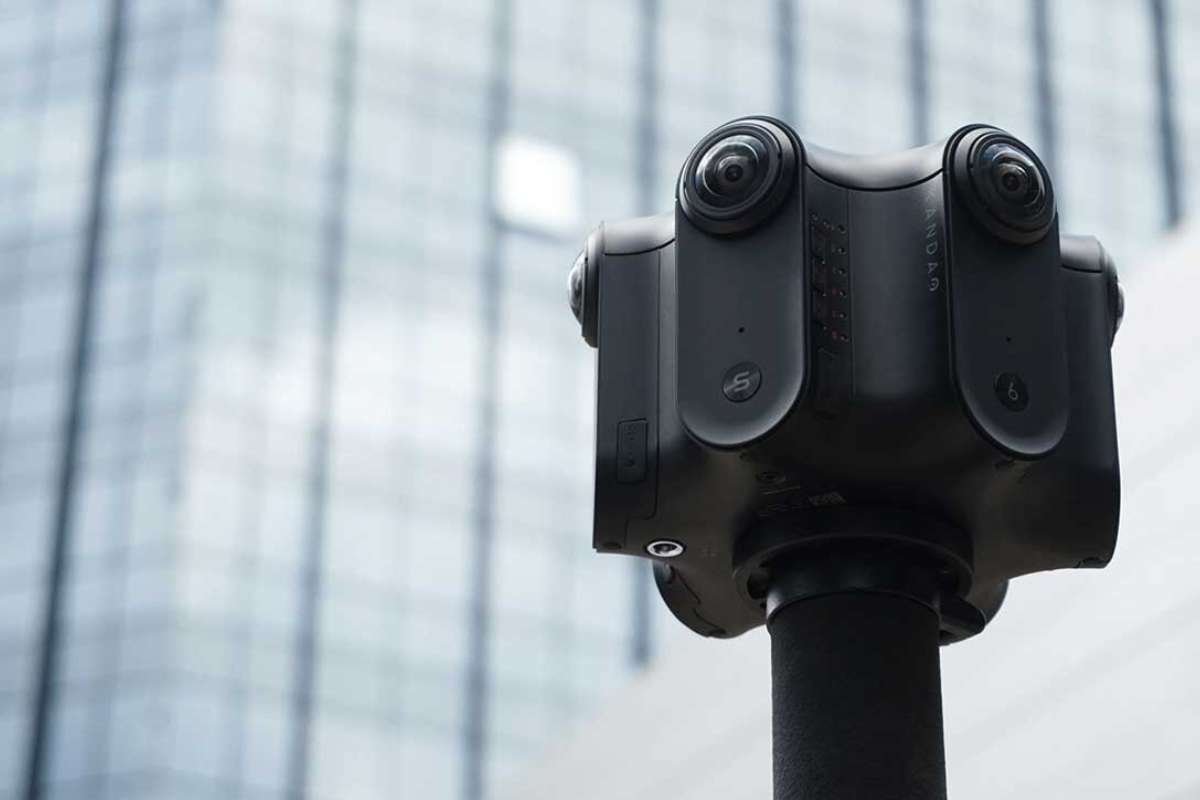When it comes to the question of whether or not to retrofit your workplace, there are a few key factors you’ll need to take into account. How much will it cost? What benefits will be derived from the retrofit? Where do I find retrofitting companies in Los Angeles? And most importantly, how does the retrofit fit in with your company’s overall strategy? In this article, we’ll explore these questions and more so that you can make an informed decision about whether or not to retrofit your workplace.
5 Things to Consider While Retrofitting Your Workplace:
1. The Benefits of Retrofitting Your Workplace
Before you start planning a retrofit, you must have a clear understanding of the benefits. Retrofitting is essentially replacing old office equipment with new, more energy-efficient models. The main benefit of this is that your company will save money on electricity bills each month and reduce its carbon footprint by using less power overall. This can help improve employee morale and productivity because employees feel good about working for an environmentally conscious organization.
However, if there isn’t much space available or if air conditioning systems aren’t installed properly, then these savings might not be enough to offset expenses from upgrading them in the first place. So make sure any space used has adequate ventilation before investing too heavily into design plans!
2. How Do I Know If Retrofitting is The Right Choice For My Business?
If you’re thinking about retrofitting your workplace, knowing what types of buildings are eligible for the program is important. In general, any building that was constructed before January 2020 is considered an “eligible” building and can receive up to $5000 per square foot in rebates from utility companies like ConEdison or National Grid; this amount varies depending on how old your structure is, so make sure you check with them first! If there isn’t enough room available on site, then consider leasing another location nearby which has adequate space instead – make sure it meets all requirements listed above as well (i.e., has access to natural light).
3. What To Consider When Planning A Retrofit Project
Now that you know a little bit more about the benefits of retrofitting, it’s time to start planning your project. The first step is to determine how much money you’ll save by making the switch; this can be done with the help of an energy audit which will measure your company’s current electricity use and give you a detailed breakdown of where savings can be made. Once you know how much upgrading will cost, it’s important to set some realistic goals for what you’d like to achieve from the project.
For example, do you want to reduce your carbon footprint by a certain percentage? Or are there specific areas of the office where employees are struggling productivity-wise? It’s important to have a target in mind so that you can measure the success of the project once it’s completed.
4. The Costs and Timeline of a Retrofit Project
Even if your company is eligible for rebates, there are still some costs associated with retrofitting that should be considered. The main expenses will come from upgrading office equipment like computers, printers, and photocopiers – so make sure you factor this into your budget! It’s also important to set a timeline for your project; most retrofits can be completed within six months, but it’s best to speak with an engineer beforehand to know how long the process will take. Make sure to do your research on retrofitting companies in Los Angeles.
5. How To Ensure A Successful Retrofit Project
Once the planning phase is complete, it’s important to ensure that the execution goes smoothly. One way to do this is by creating a project team responsible for overseeing the entire process. This team should include members from different departments within your company so that everyone has a say in how the retrofit is carried out. Additionally, it’s helpful to have a project manager who can keep track of deadlines and ensure that all work is completed on time. Businesses are constantly changing and evolving to meet the needs of their employees and customers.
When it comes time for a business to move, expand, or update its workplace, it’s important to consider all of the options available to make the best decision for your company. Retrofitting your workplace may be the right choice for your business, but there are many factors you need to take into account before starting a retrofit project. We hope this article has helped give you a better understanding of what to consider when retrofitting your workplace.





